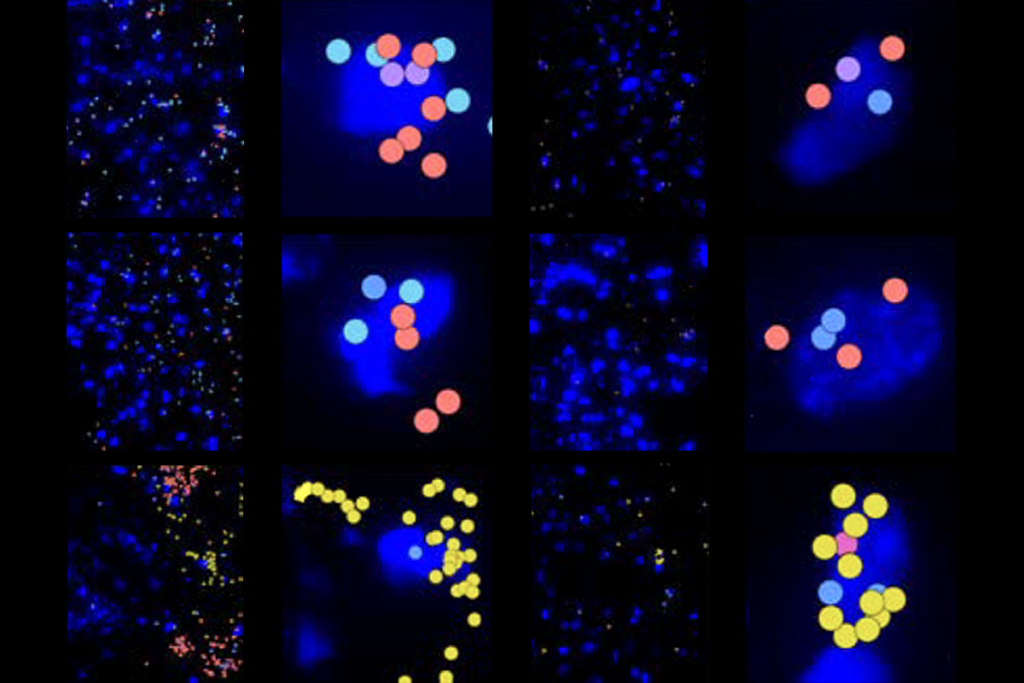Dup15q 2015
Recent articles
Brain-wave patterns distinguish dup15q syndrome
Children with an extra copy of the 15q11-13 chromosomal region, the second most common genetic abnormality in people with autism, have unusually strong brain waves called beta oscillations. The preliminary findings, presented Friday at the Dup15q Alliance Scientific Meeting in Orlando, Florida, suggest that beta oscillations could distinguish children with dup15q syndrome from those with other forms of autism.
Brain-wave patterns distinguish dup15q syndrome
Children with an extra copy of the 15q11-13 chromosomal region, the second most common genetic abnormality in people with autism, have unusually strong brain waves called beta oscillations. The preliminary findings, presented Friday at the Dup15q Alliance Scientific Meeting in Orlando, Florida, suggest that beta oscillations could distinguish children with dup15q syndrome from those with other forms of autism.
Dispatches from the 2015 Dup15q Alliance Scientific Meeting
These short reports from our reporter, Nicholette Zeliadt, give you the inside scoop on developments at the 2015 Dup15q Alliance Scientific Meeting.

Dispatches from the 2015 Dup15q Alliance Scientific Meeting
These short reports from our reporter, Nicholette Zeliadt, give you the inside scoop on developments at the 2015 Dup15q Alliance Scientific Meeting.
Explore more from The Transmitter
Machine learning spots neural progenitors in adult human brains
But the finding has not settled the long-standing debate over the existence and extent of neurogenesis during adulthood, says Yale University neuroscientist Juan Arellano.

Machine learning spots neural progenitors in adult human brains
But the finding has not settled the long-standing debate over the existence and extent of neurogenesis during adulthood, says Yale University neuroscientist Juan Arellano.
Xiao-Jing Wang outlines the future of theoretical neuroscience
Wang discusses why he decided the time was right for a new theoretical neuroscience textbook and how bifurcation is a key missing concept in neuroscience explanations.
Xiao-Jing Wang outlines the future of theoretical neuroscience
Wang discusses why he decided the time was right for a new theoretical neuroscience textbook and how bifurcation is a key missing concept in neuroscience explanations.
Memory study sparks debate over statistical methods
Critics of a 2024 Nature paper suggest the authors failed to address the risk of false-positive findings. The authors argue more rigorous methods can result in missed leads.

Memory study sparks debate over statistical methods
Critics of a 2024 Nature paper suggest the authors failed to address the risk of false-positive findings. The authors argue more rigorous methods can result in missed leads.